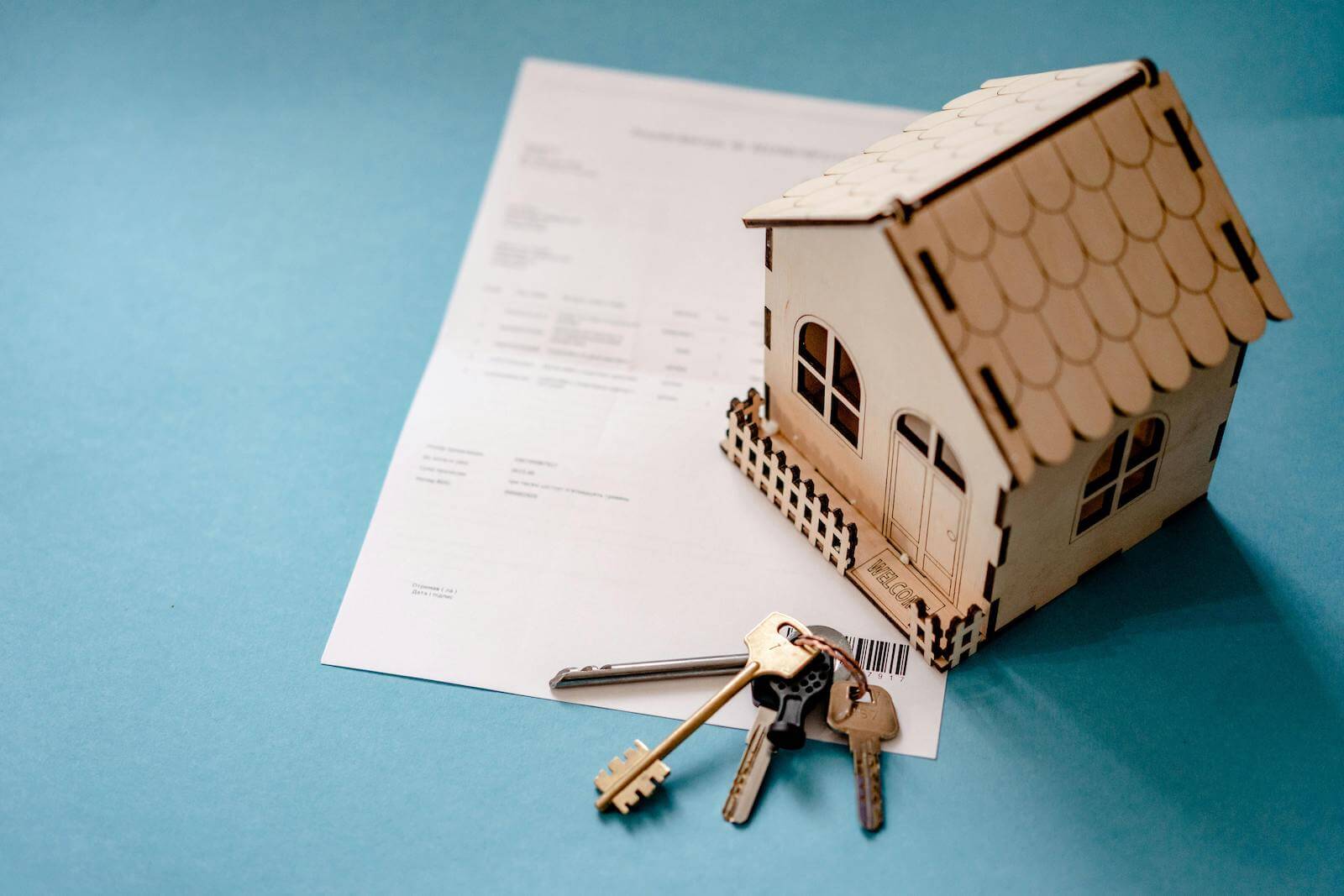Many people believe that there are only two ways to buy and own real estate: paying for the property entirely in cash, or securing a mortgage from a bank or lending institution.
That isn’t true!

In the real estate world, there is a concept known as creative financing that provides individuals and investors with a path to property ownership that doesn’t require them to use traditional real estate acquisition methods.
This blog post will explore what creative finance in real estate is, some of the different types of creative financing available, and how home sellers and buyers can employ them to achieve their real estate goals.
Creative Financing in Real Estate Explained
Let’s imagine you would like to invest in Pittsburgh real estate but are having trouble qualifying for a mortgage because you don’t have enough money saved for a down payment, have credit score issues, or interest rates are higher than you can afford.
You could give up on your dream of being a real estate investor– or utilize creative finance to break into the Pittsburgh real estate market.
The basic idea behind creative financing is to fund real estate deals without using a traditional bank loan or mortgage. In contrast to mortgages, creative financing strategies aren’t contingent on your income or credit history. Instead, they’re dependent on other factors, including a property’s worth, seller’s motivation, and your skill for negotiating deals.
You can finance any type of real estate investment – including residential, commercial and industrial properties – with creative financing techniques, which gained popularity in the early 1980s when the Federal Reserve hiked interest rates to combat hyperinflation inflation, causing 30-year mortgage rates to jump from about 7% to 17%, making most Americans unable to afford a home.
Today, many real estate investors like to use creative financing methods because they allow them to secure property with little or none of their own resources, instead relying on other people’s money.
3 Common Methods of Creative Financing in Real Estate
1. Subject to Mortgage
Are you a homeowner facing the prospect of losing your house to foreclosure because you’ve fallen behind on your mortgage payments? A “Subject to mortgage” loan structure can give you an option out of your mortgage debt without negatively impacting your credit score.
In this innovative real estate financing method, you sell your property by transferring its title to a buyer who then agrees to take over your existing mortgage payments, sending you monthly checks or the total amount to cover what’s due over the term of the subject to mortgage contract.
While subject to mortgage can help you relieve your financial worries immediately, there are risks involved. For example, you’re still legally responsible for the loan because the mortgage on the sold property remains in your name — meaning if a buyer doesn’t make the mortgage payments, you may still have to deal with foreclosure.
Also, subject-to mortgage contracts are frequently completed covertly (note they’re NOT illegal), and should your lender discover that the title to your house has changed, they may call your loan and demand that you make the entire payment within 30 days. However, as long as mortgage payments are done on time, the majority of lenders ignore information about property transfers.
For a home buyer, this creative financing solution may be appealing if they’re not eligible for traditional loans because of low income, poor credit, or are self-employed and would typically face a bigger challenge qualifying for a regular mortgage.
It is also a viable option for real estate investors who prefer to skip the conventional loan procedure because it spares them from going through the time-consuming process of proving their income and debt to lenders to be granted mortgages to purchase real estate.
Additionally, buyers utilize subject-to mortgage to take advantage of a homeowner’s interest rate. For instance, taking over the payments of an existing mortgage with an interest rate below the current market rate makes great sense in a situation where interest rates are high, like they are today.
Before entering into a subject-to mortgage agreement, make sure that the loan on the property you’re considering buying is affordable and that you can keep up with payments. Also, seek legal advice to ensure you’re adequately protected against any risks associated with this type of creative financing.
2. Seller Financing
Here, a home seller lets a buyer make a down payment on their house and then pay the remaining amount at a mutually agreed-on interest rate over a certain period, just like they would if they took out a mortgage to acquire the property.
For illustration purposes, let’s assume you’re a property investor looking to purchase a home for $250,000. You only have $50,000 in cash, but the seller is willing to accept the remaining $200,000 in a series of interest-bearing installments. You sign a seller financing contract, committing to paying the property seller $2,000 per month for 10 years.
With this agreement, you both gain because you buy the home without a bank loan, and the seller gets a consistent flow of passive income.
Buyers who find themselves unqualified for a mortgage can consider seller financing, as this solution is designed to be short-term, with the anticipation that the buyer will be eligible for a traditional loan in a few years and can settle the remaining amount in a lump-sum payment then.
Please note that this real estate creative financing strategy is only ideal for unmortgaged house sellers who are willing to give up short-term cash in exchange for long-term passive income streams.
3. Lease Option (Rent-to-Own)
When shopping for property to buy as a potential homeowner or investor, you’ll likely come across one you like, but on inquiring about the price, you find you don’t have enough money saved for a deposit.
Instead of walking away from it, you could ask the owner if they would be open to a lease option arrangement, which would enable you to rent the home for some time, often three years or less, after which you would have the option to buy the property entirely at a predetermined price.
An owner who’s struggling to sell their rental property will probably be persuaded to sign such a contract, and depending on the terms of the arrangement, a percentage of your monthly rent payments may be applied toward your down payment.
To be able to afford the property at the end of the lease, you can focus on raising your credit score or saving more money for a larger down payment during the lease term.
Considering Creative Financing to Sell Your Home? HomeBuyers of Pittsburgh Can Help!
Creative financing provides a unique home selling method, which frequently results in better financial outcomes for you, the seller.
The team at HomeBuyers of Pittsburgh has purchased and sold more than 750 Pittsburgh homes in the last ten years. We’re experts at navigating the complexities of creative financing, and we can help you understand more about the different strategies you could use to increase the appeal of your property to potential buyers and hasten the sale process.
However, if you’re looking for a guaranteed, fast, and hassle-free selling process, we can buy your home as-is for cash and close in less than 21 days.
Contact Pittsburgh’s #1 Cash Home Buyer today at 412-444-8914 or send an email to info [at] urbanpgh.com to schedule your free 20-30 minute home consultation and find out how we can help you sell your home without having to make any repairs, set up showings, stage it, or pay closing costs and realtor commissions.
Whether you choose a fast cash home sale or explore creative financing, HomeBuyers of Pittsburgh is here to guide you through the process every step of the way!









